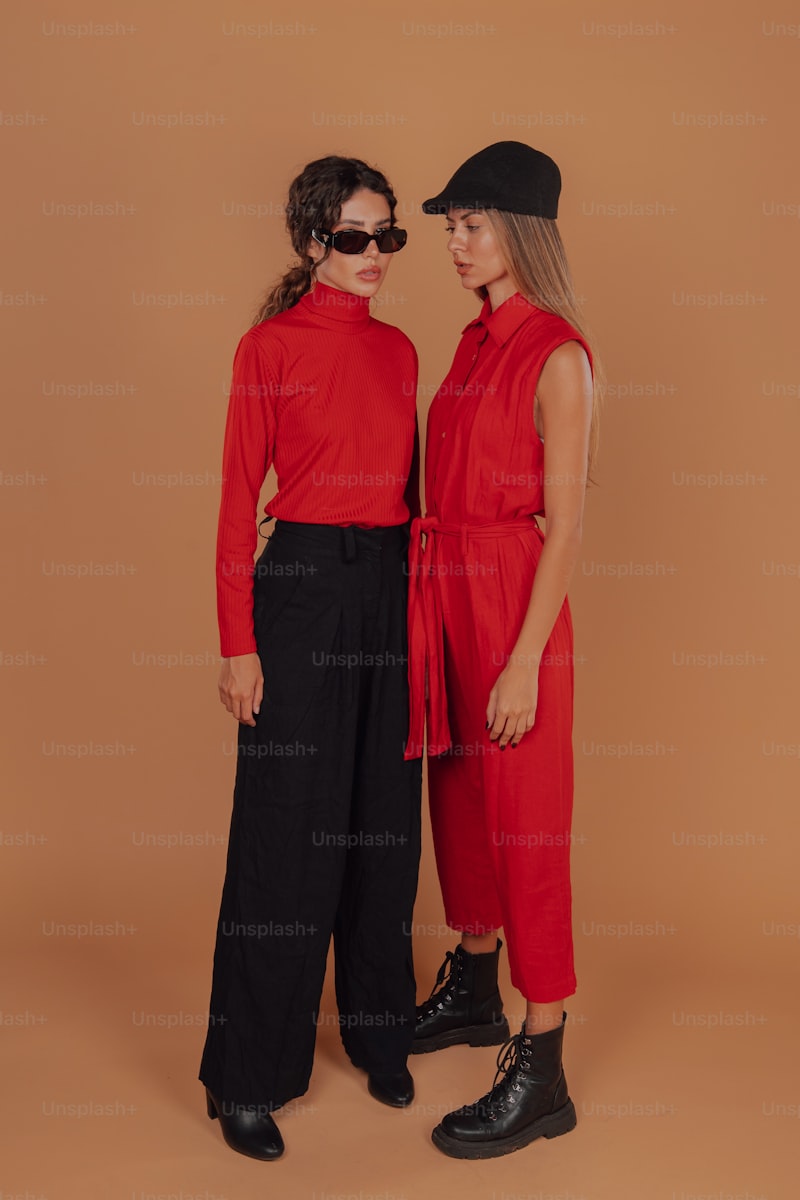Mixing and Matching Styles: The Ultimate Guide to a Unique Fashion Statement
Understanding the Art of Mixing and Matching Styles
In the vibrant world of fashion, the ability to mix and match styles is an art that speaks volumes about personal expression. From casual wear to formal attire, every outfit presents a canvas for creativity. This guide explores the intricacies of mixing and matching styles, providing you with insights to create unique ensembles that stand out.
The Basics of Mixing and Matching Styles
At its core, mixing and matching styles involves pairing different fashion trends, fabrics, patterns, and colors in a way that creates a cohesive look. Here are some fundamental principles to keep in mind:
- Balance: Aim for a balanced outfit. If one piece is bold, let other pieces be more subdued.
- Color Palette: Stick to a defined color palette to ensure unity across the outfit.
- Proportions: Play with proportions, such as pairing loose garments with fitted ones to create dynamic contrasts.
Exploring Different Styles
There are countless styles to explore in fashion, and learning to mix them is key to developing a personal brand. Below are some popular styles you can consider:
| Style | Description |
| Bohemian | Characterized by relaxed, free-spirited clothing often adorned with floral and ethnic prints. |
| Streetwear | A casual style typically inspired by urban and youth culture, often featuring oversized clothing and graphic designs. |
| Classic | Timeless pieces that emphasize elegance and simplicity, like tailored blazers and little black dresses. |
| Sporty | Fashion influenced by athletic wear, often incorporating sporty elements like joggers, sneakers, and hoodies. |
| Edgy | Fashion that pushes boundaries through bold colors, unconventional silhouettes, and unique accessories. |
Mixing Bohemian and Classic Styles
Combining bohemian styles with classic elements can create a stunning contrast that feels both vintage and modern. For instance, consider pairing a flowing Bohemian dress with a structured blazer. This juxtaposition not only harmonizes different vibes but also adds depth to your outfit.
Embracing Streetwear with Edgy Elements
To achieve an eye-catching look, try blending streetwear's casual aesthetic with edgy accents. A graphic t-shirt paired with a leather skirt can give off an effortless, yet stylish feel. Accessorize with chunky combat boots for added flair.
Sporty Chic for Everyday Wear
Sporty styles can be easily integrated into daily outfits for comfort without sacrificing style. Combine fitted joggers with a classic button-down shirt and finish off with sleek sneakers for a polished yet laid-back appearance.
Color Coordination Techniques
One of the most crucial aspects of mixing and matching styles lies in color coordination. Here are some tips to elevate your color game:
- Complementary Colors: Use a color wheel to find colors that complement each other for a harmonious look.
- Monochrome Styles: Opt for varying shades of a single color to create a chic, elegant outfit.
- Pop of Color: Add a bold accessory to a neutral outfit for a fun contrast.
Mainstream Trends to Mix and Match
Staying abreast of current fashion trends can inspire you to mix and match effectively. Following are some mainstream trends to consider:
- Oversized Clothing: Pair oversized tops with fitted bottoms or vice versa for a mix of comfort and style.
- Layering: Article layering can add dimension and structure to any outfit. Think about incorporating vests over long-sleeve shirts or dresses layered with turtlenecks.
- Textures and Fabrics: Mix materials, such as denim with silk or cotton with leather, to create an intriguing tactile experience.

Common Mistakes to Avoid
While experimenting is part of the fun, there are some common mistakes that people make when mixing and matching styles:
- Lack of Cohesiveness: Ensure that your pieces relate to one another, whether through color, style, or theme.
- Overcomplicating the Outfit: Sometimes less is more. Avoid overcrowding your ensemble with too many patterns or combined styles.
- Ignoring Fit: Always consider the fit of your clothing. Ill-fitting pieces can throw off the entire outfit.
Conclusion
Mixing and matching styles can serve as a powerful tool to express your personality through fashion. Whether you prefer a bohemian vibe or sporty chic, the key lies in understanding the balance, color coordination, and how different styles can complement one another. As you venture into developing your unique style, remember to avoid common pitfalls such as lack of cohesiveness and overcomplication. Ultimately, confidence in what you wear is the best accessory. Experiment, learn, and embrace your individuality—mixing and matching styles is all about having fun!
In summary, this guide has provided valuable insights into mixing and matching styles, offering practical tips and common mistakes to avoid. Whether you are dressing for work, a casual outing, or a formal event, let your creativity shine through your style choices.